
The Hans Merensky Chair in Measuring and Modelling Eucalypt Growth & Wood Formation
Understanding growth in the world's most widely planted hardwoods
Letitia presents at conference in Germany
Post authored by Dr Letitia Schoeman
Letitia Schoeman presented her X-ray CT research at the Fifth Xylem International Meeting (XIM5), held in Würzburg, Germany from the 19th to 21st of September 2022 (https://xim5.de/).
She presented a poster (Figure 1) on her research entitled “Advanced imaging and quantification of the cambium and developing xylem in eucalypts using X-ray micro- and nano-computed tomography (CT)”. Letitia’s abstract is presented in Figure 2 and the abstract book can be downloaded here: https://xim5.de/WEBS/XIM5.pages.download/Book_of_Abstracts.pdf

Figure 1: Letitia presenting her poster at the XIM5 conference in Germany.
Figure 2: Abstract of the poster that Letitia presented at XIM5.
This conference brought together scientists and students from all over the world with a strong interest in the various fields of plant hydraulics. In times of a rapidly changing climate, our discipline is receiving increasing attention. The conference therefore aimed to stimulate exchange of knowledge, experience and concepts between scientists and laboratories working on plant hydraulic topics. The focus of the meeting was on the adaptation and evolution of plants in a changing climate. In addition, other topics included i) xylem structure and function, ii) applied plant hydraulics, iii) drought-induced tree mortality, iv) evolutionary history, v) plant hydraulic models, and vi) variability in hydraulic traits.
The XIM5 conference took place at the main building of the Julius-Maximilian University of Würzburg (Figure 3). Würzburg is a pleasant harmony of history, culture, and wine. This university city and former royal seat is idyllically situated on either side of the Main River and offers a vibrant atmosphere and an endearing charm (Figure 4).

Figure 3: Julius-Maximilian University of Würzburg.
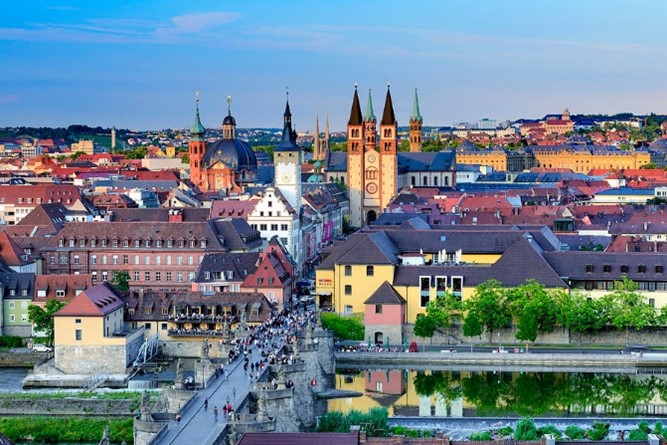
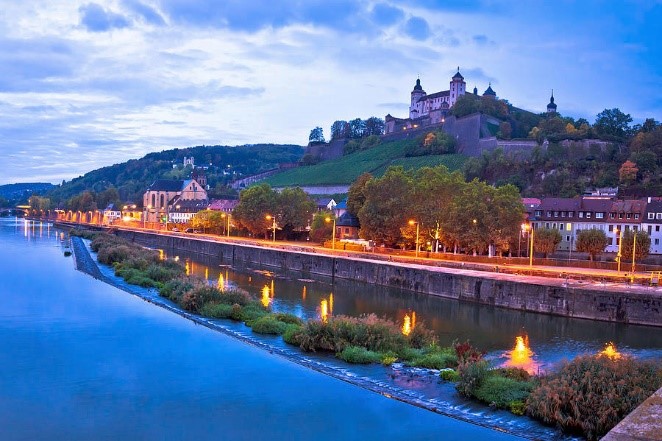
Figure 4: The beautiful city of Würzburg.
After the conference Letitia made some time for sightseeing and visited some of Würzburg’s famous landmarks: the Würzburg Residence with its Court Gardens and Residence Square (a UNESCO World Heritage Site) (Figure 5), the Marienberg Fortress (Figure 6) and the Old Main Bridge (Figure 7), which is lined with impressive statues of saints.
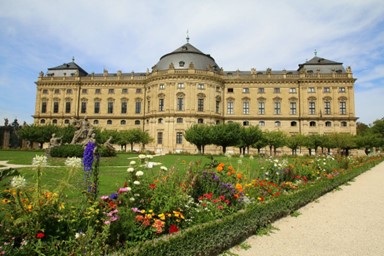
Figure 5: The Residence Palace is one of Europe’s most renowned Baroque castles and has been registered as a UNESCO World Cultural Heritage Site in 1981.

Figure 6: The Marienberg Fortress.

Figure 7: The Old Main Bridge. In the 18th century, twelve sand statues of saints and rulers were built on the bridge.
Letitia also took a field trip to Steigerwald where she visited the Baumwipfelpfad, which is a 1,150 m long treetop path that provides insights into the canopy layers of the Central European broadleaved forests (Figure 8). This wooden walkway slowly winds its way through all the floors of the forest and culminates in a 42-metre-high observation tower which opens up completely new perspectives on the forest and its inhabitants. On the treetop path there is also numerous learning and adventure stations. Steigerwald is the second largest deciduous forest area in Bavaria after the Spessart. As in the entire Bavarian state forest, management is carried out according to the principle of “benefit and protection”. It is a sophisticated concept that improves biodiversity and still enables the use of the valuable raw material wood.

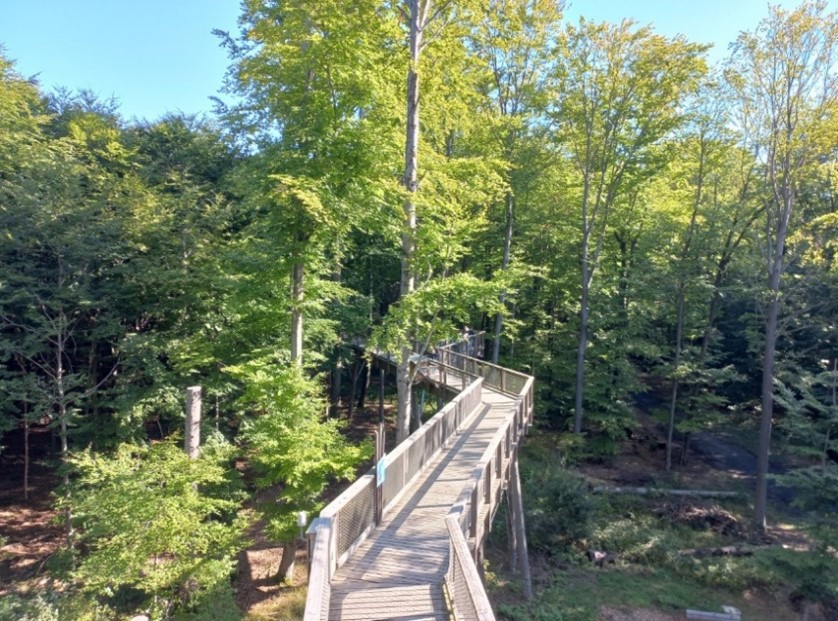
Figure 8: The Baumwipfelpfad.
Last but not least, Letitia also visited some of Germany’s beer breweries to experience some of the exceptional-quality beer. One that stood out was the Weihenstephan Brewery, which is the oldest-continuously operating brewery in the world (Figure 9).

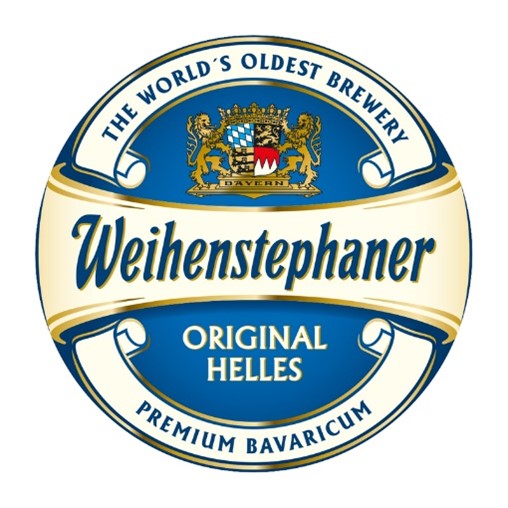
Figure 9: A beer tasting at the Weihenstephan Brewery.
The XIM5 conference provided an enjoyable platform where delegates could meet, network, collaborate and be inspired by the outstanding research done in the various fields of plant hydraulics. I am truly thankful for the opportunity to represent EucXylo at XIM5!